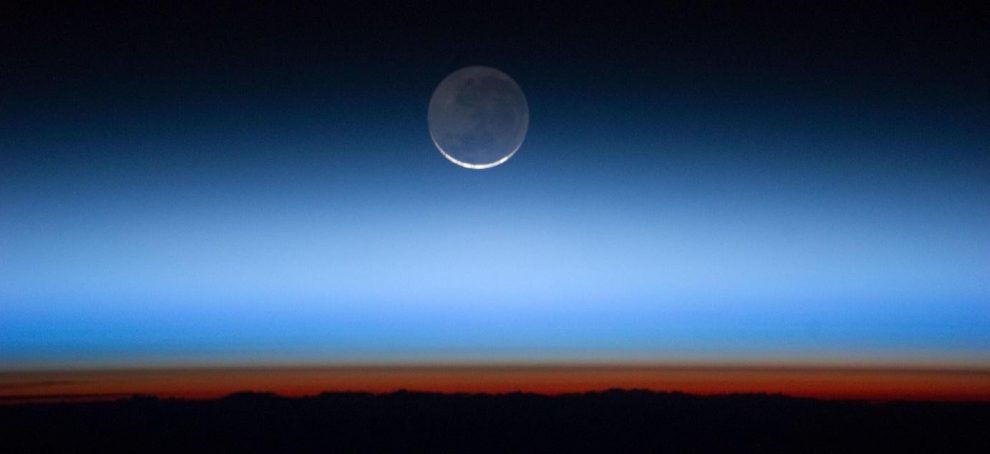Montreal Protocol is an international treaty signed across the globe by countries to adopt actions that ensure the protection of the Ozone layer. In the last century, we had many scientific breakthroughs that resulted in the creation of products that changed our life for good but in the hindsight, they were causing damages to our environment. One such major environmental crisis that we are addressing right now is Ozone layer depletion.
Ozone layer depletion is well correlated with rising levels of chlorine and bromine in the stratosphere from the manufacture and release of CFCs and other halocarbons. CFC or Chlorofluorocarbons and Halocarbons are produced for a variety of uses such as refrigerants (in refrigerators, air conditioners, and large chillers), propellants for aerosol cans, blowing agents for making plastic foams, firefighting agents, and solvents for dry cleaning and degreasing. Studies showed that depletion of the ozone layer by CFCs would lead to an increase in UV-B radiation at the surface, increasing in skin cancer and other impacts such as damage to crops and marine life.
In 1987, a landmark multilateral environmental agreement known as The Montreal Protocol on Substances that Deplete the Ozone Layer was drafted which focused on regulating the production and consumption of nearly 100 man-made chemicals referred as to as ozone-depleting substances (ODS). To this date, this is the only UN treaty that has been accepted by every country on Earth. The Montreal Protocol plans to cut down the consumption and production of the different ODS through different stages with a different time frame for developed and developing countries. Different responsibilities are divided among the different parties involved to phase out the different groups of ODS such as, control of ODS trade, annual reporting of data, national licensing systems to control ODS imports and exports, and other matters.
With the implementation of the Montreal Protocol, it is speculated that the Ozone layer will recover by the middle of this century. These initiatives by the world nations have resulted in saving millions from cases of melanoma, other cancers, and eye cataracts. It has been estimated that the Montreal Protocol is saving an estimated two million people each year by 2030 from skin cancer. At present, the Protocol has resulted in cutting down 98% of ODS globally compared to 1990 levels. From 1990 to 2010, the treaty’s control measures are estimated to have reduced greenhouse gas emissions by the equivalent of 135 gigatons of CO2, the equivalent of 11 gigatons a year. The Montreal protocol is pushing its boundaries to limit the use of HFC’s to prevent the emissions of up to 105 million tonnes of CO2 equivalent of greenhouse gases which in turn help avoid up to 0.5 degree Celsius of global temperature rise by 2100, the largest contribution world has made towards keeping the global temperature rise “well below” 2 degrees Celsius. Montreal Protocol is the finest testament to human willpower to change for a better future. Through global collaboration and combined efforts, we can achieve a world where we can live sustainably and create a safer and greener future for the present and future generations.
Pic courtesy: Union of concerned scientists














Add Comment